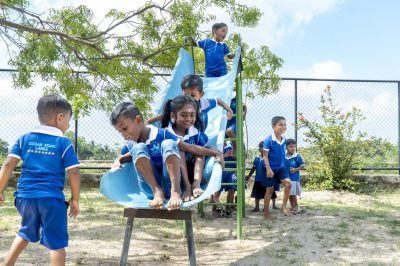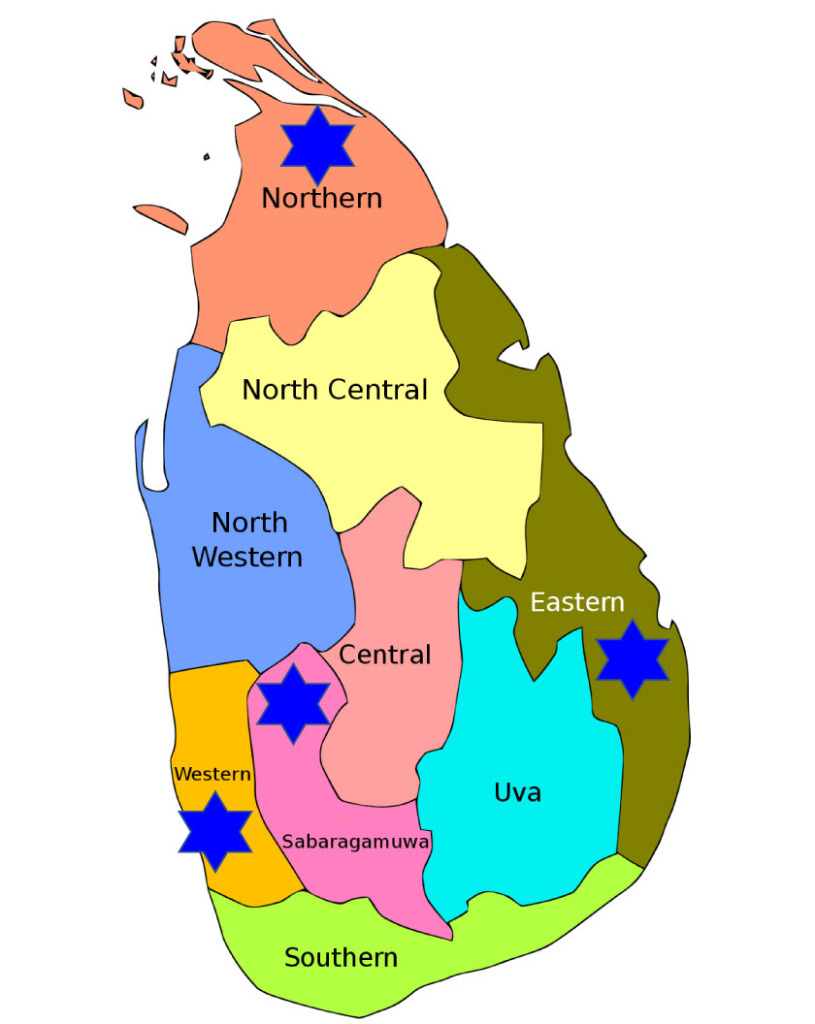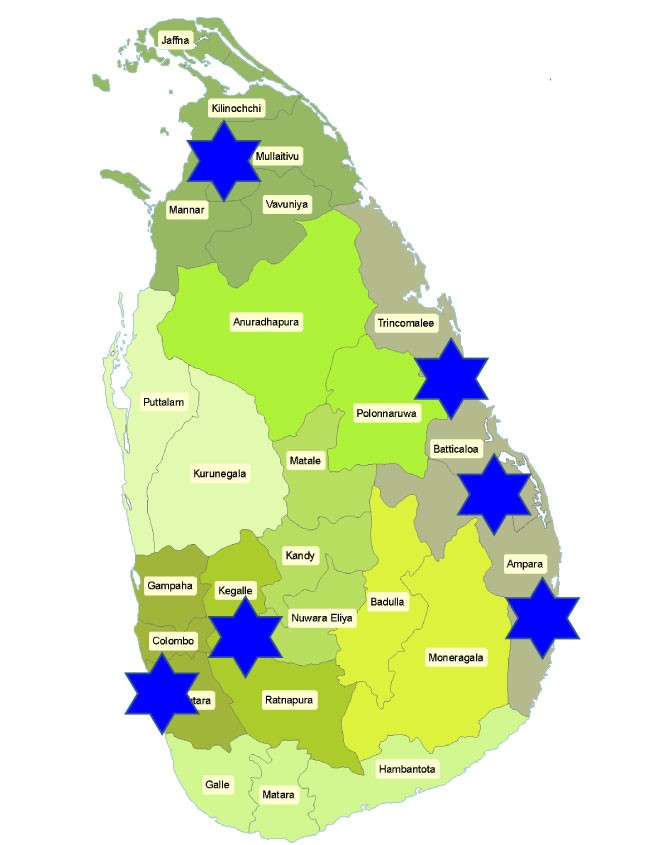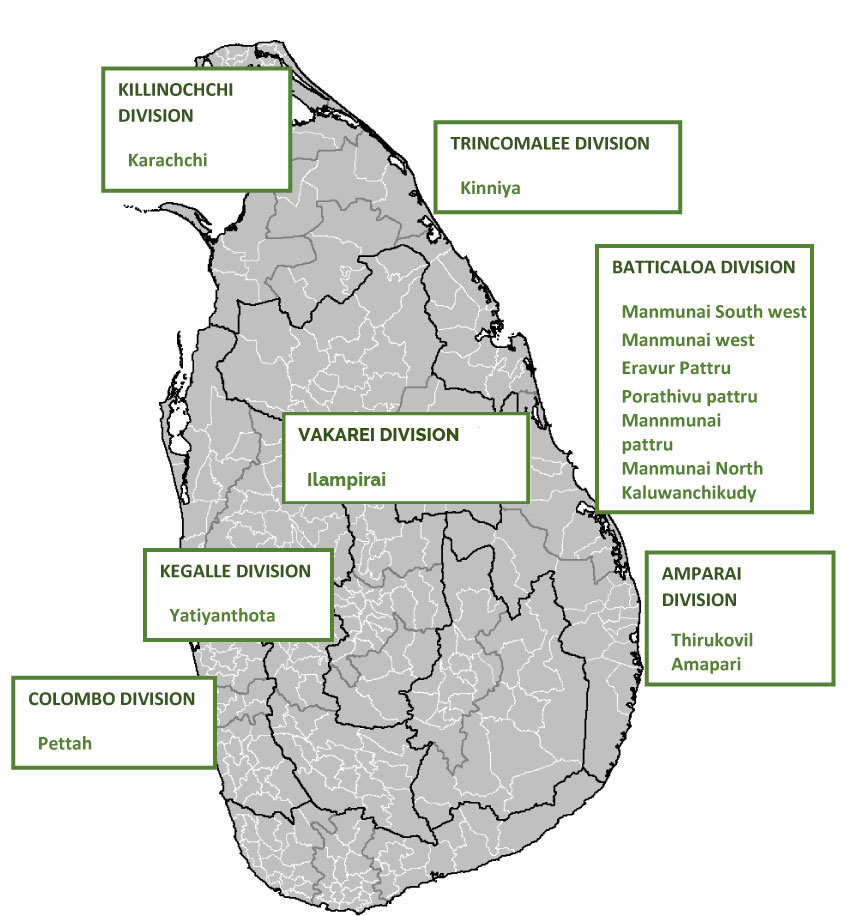Preschools in Sri Lanka
Ocean Stars Lanka supports 31 preschools across Sri Lanka, focusing on providing education, care, and development opportunities for young children, particularly in the Batticaloa and Amparai districts. In addition to educational support, Ocean Stars Lanka also ensures that teachers in these preschools are paid fair wages, contributing to the sustainability of the program and the well-being of the teachers.

Key Aspects of the Project
Access to Education
The project ensures that children in rural and underserved communities have access to quality preschool education, laying a strong foundation for their future learning.
Teacher Training and Wages
We provides regular training workshops for teachers to help them adopt modern teaching methods. The project pays the wages of the teachers in the 31 preschools.
Community Involvement
Parents and local committees are engaged in supporting the preschools, fostering a collaborative and supportive environment for the children.
Child Development Focus
The program emphasizes the holistic development of children, focusing on academics as well as their social, emotional, and physical growth.
Implemented Locations
The Provinces of Sri Lanka
Ocean Stars Preschools are in four of the nine provinces of Sri Lanka. Such as Northern Province, Eastern Province, Western Province and Sabragamuva Province.

Districts of Sri Lanka
The Provinces are divided into 25 Districts and Ocean Stars Preschools are located in 5 Districts. Such as Batticaloa, Trincomalee, Ampara, Kilinochchi, Colombo and Kegalla.

The Divisional Secretariats of Sri Lanka
Each District is divided into administrative sub-units called Divisional Secretariats. There are 331 DS Divisions in the country. Our Ocean Preschools are spread across 12 different DS Divisions.

Find More Info
Our Ocean Preschools are spread across 13 different DS Divisions
By paying teacher wages and providing resources, Ocean Stars Lanka plays a crucial role in sustaining these preschools and bridging the educational gap for children in these regions.